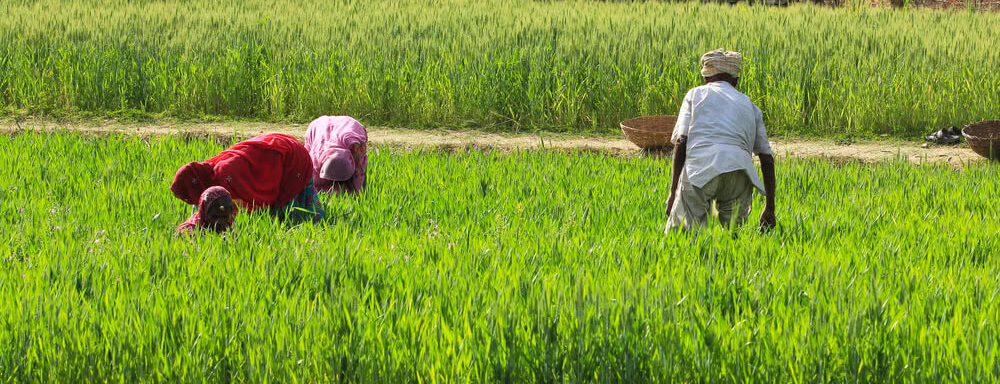POISON FREE FARMING
Combines natural farming with the universal laws
F A I D A : Veesh Mukt Farming
Have you ever marveled at the sight of wild mango, tamarind, gooseberry, Jamun, jackfruit, and other trees laden with unique fruits during summer in the forest? Year after year, without fail, these trees blossom and bear copious amounts of fruit, offering summer treats for a myriad of wild animals, birds, insects, with plenty to spare for all. This brings to mind intriguing questions: Who tends to these trees? Who administers fertilizers, safeguards them against pests and diseases, waters, and maintains them?
There is only one answer to all these questions: NATURE
In the heart of Indian Vedic culture lies an enduring respect for the laws of nature, a principle that seamlessly blends into the realm of agriculture. Vedic agriculture, with its profound connection to the Culturing Intelligence of Total Natural Law, offers a holistic approach that echoes the timeless practices of natural farming. Here, agriculture transcends mere cultivation, embodying a system where every practice is in harmonious alignment with nature’s own rhythm and wisdom. This symbiosis between Vedic principles and natural farming encapsulates an ancient yet enduring philosophy, where nurturing the land goes hand in hand with honoring the cosmic order.

Similarities between natural farming and organic farming:
Natural and organic both are chemical free and more or less poison free farming methods.
Both systems discourage farmers from using any chemical fertilizers, pesticides on plants and in all agricultural practices.
Both farming methods encourage farmers to use local breeds of seeds, and native varieties of vegetables, grains, pulses and other crops.
Organic and natural farming methods promote nonchemical and homemade pest control methods.
Features of Zero budget natural farming :
Commercial level farming can be done in almost zero budget only by using locally available and farm-based resources.
According to Zero Budget Natural Farming principles, plants get 98% of their supply of nutrients from the air, water, and sunlight. And the remaining 2% can be fulfilled by good quality soil with plenty of friendly microorganisms. (Just like in forests and natural systems)
Soil microclimate: The soil is always supposed to be covered with an organic mulch, which creates humus and encourages the growth of friendly microorganisms.
Desi cow: The system requires cow dung and cow urine (Gomutra) obtained from Indian breed cow only. Desi cow is apparently the purest as far as the microbial content of cow dung, and urine goes.
Cultures: A farm made bio-culture named ‘Jeevamrutha’ is added to the soil instead of any fertilizers to improve microflora of soil. Jeevamrutha is derived from very little cow dung and cow urine of desi cow breed.
Natural, farm-made pesticides like Dashparni ark and Neem Astra are used to control pests and diseases.
Weeds are considered essential and used as living or dead mulch layer. Other mulch varities include grain straw, fresh or old hay, fresh-cut forage or cover crops, chipped brush, wood shavings, tree leaves, cotton gin waste, rice or buckwheat hulls, and other crop residues. Hay and straw are among the most widely used natural mulches.

